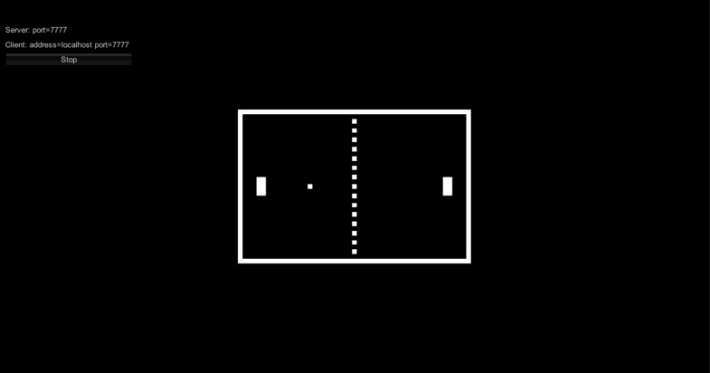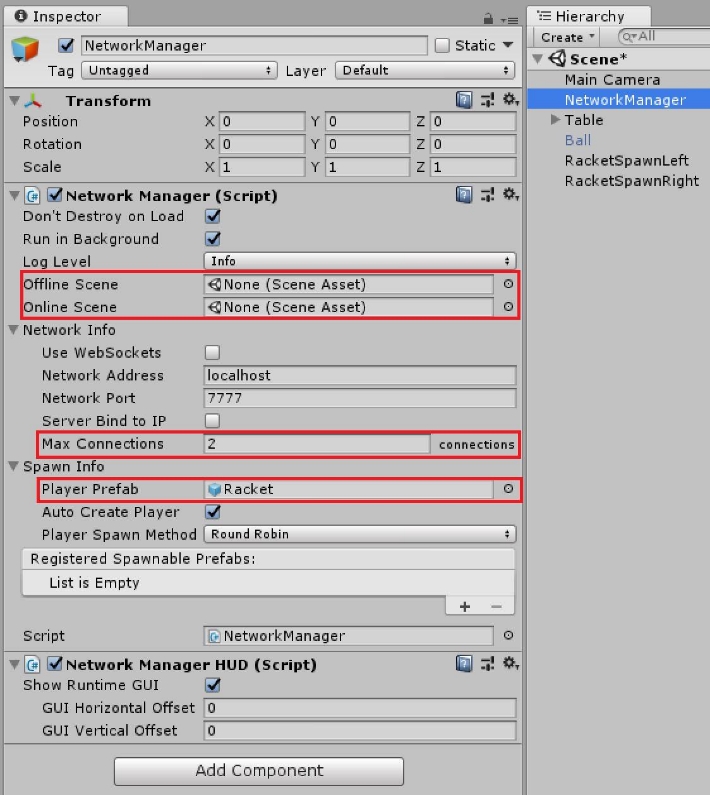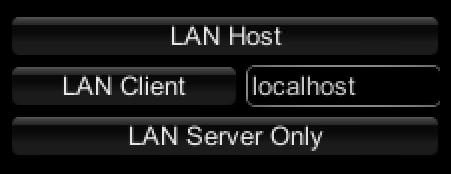* Documentation Outline * Spacing adjustments * Captured old wiki content * yml fix * Docs work * resize images * Replaced images * Removed md from links * Renamed Misty to Fizzy * Captured Unity docs * links cleanup * clear links * Cleanup and moved NetworkBehavior to Classes. * added slashes to yml paths * reverted slashes * Fixes bad link * Update Ignorance.md This should be enough documentation for now, yeah? * Localized images * Update Ignorance.md formatting updates * Lots of Cleanup * fix link * Formatting * fix code blocks * Lots of content and cleanup * fixed yml * Added blank line * Added spaces in titles * tightened bullets * Fixed bullet spacing * Fixed more bullets * unbolded content * Cleanup and removal of empty pages Updated README with links to docs pages * Restored prior version * Contributing * Improvements to content * lower case fix * fix link * renamed Contributions * fixed link * home page content * Fixed Encoding * Moved Why TCP * Replaced Unity with Mirror * Telepathy Description * changed to h2 * Moved Sample down * Removed dead links * Copied Contributions Added Test Fixed h3's * Fixed headings * added to Test * Fixed image alts and links * fixed last alt
2.7 KiB
Pong
A simple example for "How to built a multiplayer game with Mirror" is Pong, which is included in the AssetStore package of Mirror. It illustrates the usage of NetworkManager, NetworkManagerHUD, NetworkBehaviour, NetworkIdentity, NetworkTransform, NetworkStartPosition and NetworkingAttributes.
Setting the number of players
First of all, let's have a look at the NetworkManager object in the main scene. When adding the NetworkManager component to a gameobject, a few default settings are already set (Don't destroy on Load, Run in Background, ...) For playing Pong the maximum number of players is 2, so the setting Network Info/Max connections will also be 2. As there are no other scenes (lobby, online or offline scene) in this sample the properties for Offline Scene and Online Scene will stay empty.
Creating the player
Furthermore every player needs a racket to play with. Each player who joins the game will have his own controllable object, which represents him within the game. This gameobject is called PlayerObject. For spawning the PlayerObject a prefab has to be created, containing at least a NetworkIdentity component with Local Player Authority checked. The Local Player Authority allows the player to control and modify the gameobjects properties (e.g. for movement). The NetworkManager needs a reference to this prefab, which is located in Spawn Info/Player Prefab. To have the player movement synchronized over the network, the player prefab also contains a NetworkTransform.
Player start position
The main scene contains 2 gameobjects with only a NetworkStartPosition component (gameobjects RacketSpawnLeft, RacketSpawnRight in the scene). These transforms will be automatically registered by the NetworkManager as spawning positions.
Setting up the network
A very convenient component for establish/testing connections is the NetworkManagerHUD. It provides basic functionality for start a game as LAN client, LAN server or host (LAN client and LAN server at the same time). It requires the NetworkManager component.
The ball of Pong
The ball is the main focus of Pong, as this is the object needed to score points. Its NetworkIdentity component has neither Server Only nor Local Player Authority checked, as it's moved by the server physics engine and can be influenced by the players. As with the PlayerObject the position is synchronized via NetworkTransform. When having multiple scenes, the ball can be spawned by the NetworkManager, but to keep this sample simple, it's placed directly within the main scene.



